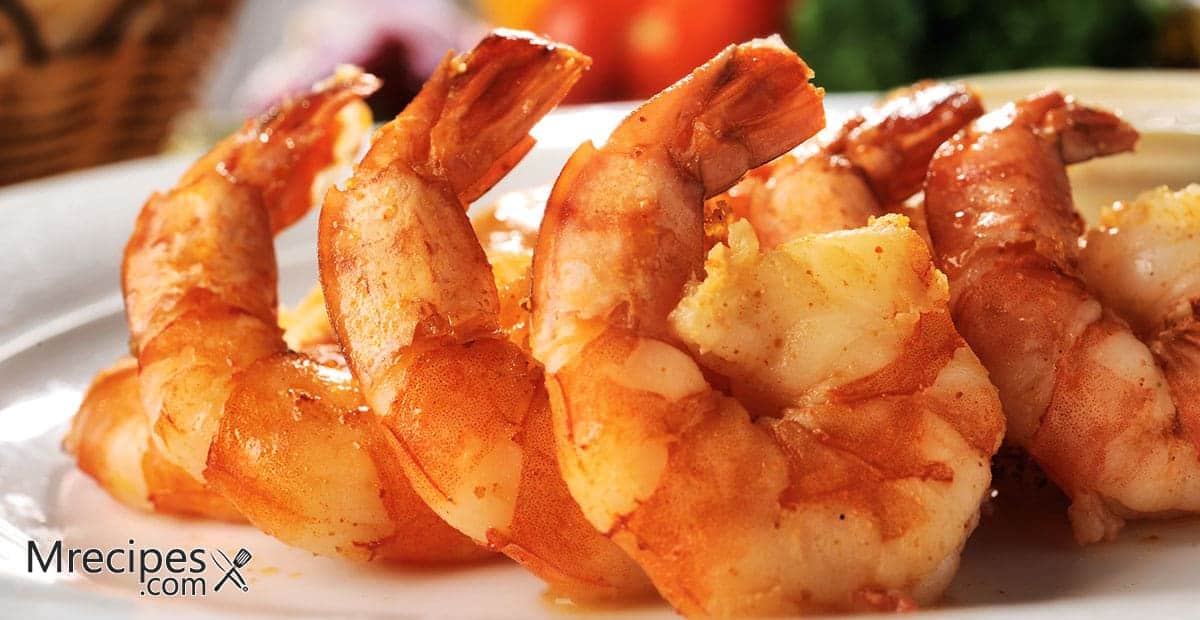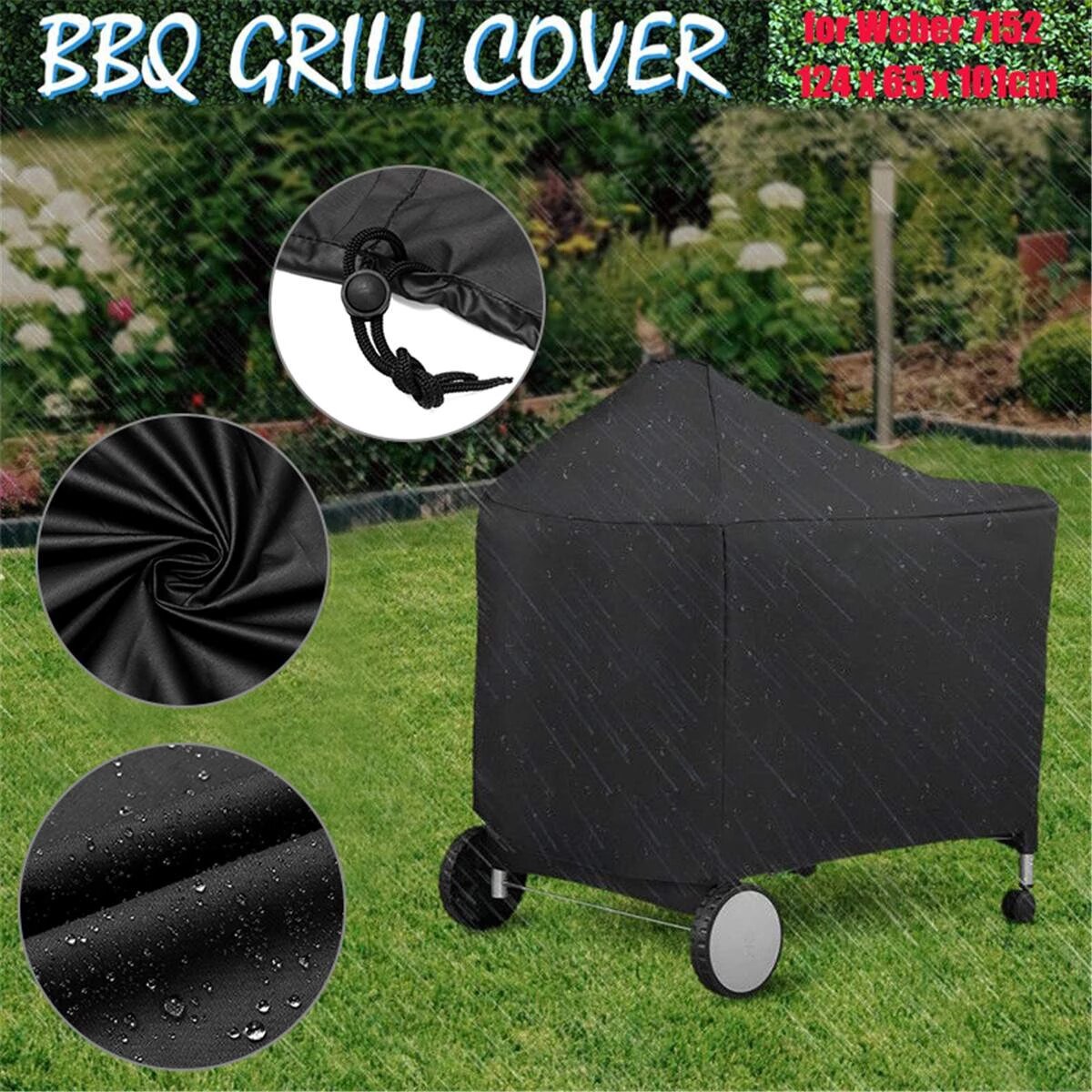
The summer is over for outdoor cooking. But you might be thinking about how you will cook next time your grill goes out. But, it doesn't mean you have to abandon the idea. Winter grilling can be fun and safe if you take a few precautions. Here are some guidelines to follow. Prepare yourself for a longer cooking period and ensure that you prepare food that isn't too heavy.
Be prepared to take extra precautions before you start grilling in the winter. You should ensure that you have enough space to grill. This will keep ice from building up. Keep the grill oiled and clean. You can also clear your pathway so that it is easier to reach. This will make sure that the food cooks well. Moreover, you should prepare your food and clean up after cooking.

You should also remember to adjust your grilling techniques. You should remove any snow that is on it. This is important for safety and to maintain the efficiency of your oven. It is important to remember that winter cooking will take longer. Therefore, you should choose smaller cuts of meat or fast-cooking veggies. In addition, food temperatures will be lower so it is best to use a gas-grill with a high BTU rating. To prevent food sticking to the grates, it is a good idea to use cooking oil.
Remember to be safe when grilling in winter. If you don't prepare, you could have carbon monoxide buildup or fire. To prevent such a situation, make sure to dress in layers, as the heat of the grill is essential to protect you and your food. Wear warm gloves that allow you to move freely in order to protect your hands. Avoid wearing a scarf, or fabric with dangling tags.
Grilling outside in cold weather is a good idea. Below zero Fahrenheit, propane won't flow and will freeze. It is important to make sure that you have enough fuel for winter. The propane tank should always be topped up to keep the fire going throughout the night. You should also ensure that there is plenty of room for your barbecue to be safely used. Before you grill in the cold, be sure to check the fuel level.

It's best if the weather is hot enough to cook. Outdoor grilling is possible with your barbecue. You can also grill with propane or charcoal. A charcoal or propane grill is only one option. You also need to consider the fuel type for your grill. In addition to wood and charcoal, gas is a great option as it gives instant heat. It is a smart idea to have an emergency backup plan.
FAQ
Which is the best method to store leftovers?
Tupperware containers are great for storing leftovers. These containers are great for keeping food fresh and preventing odors from growing. They also keep foods warm longer. Freezer bags can be used to freeze any leftover food. When freezing food, place the bag inside another freezer bag so that air doesn't escape. Once the food is frozen place it in an airtight container, such as a zip lock bag.
How much does a culinary school cost?
The cost of a culinary school depends on where you are, how much you study, and what program or course you choose. The average tuition ranges from $10,000-$30,000 per year. The average student graduates with $20,000 in debt. Some programs offer scholarships, grants, or work-study opportunities.
What equipment do I need to cook?
Cooking doesn't require special equipment. However, the right tools can make it easier to cook. You could, for example, use a spoon to make pasta or a whisk to whip the egg whites into stiff peaks. Having the right tools can make cooking less daunting and allow you to get started faster.
What ingredients do I need to purchase to cook?
You don’t always need to buy the ingredients. Many grocery stores have premade sauces and other products that you can substitute for. If you are looking to save money, premade meals may be a good option.
Statistics
- According to the BLS, chefs earn $58,740 a year. (learnhowtobecome.org)
- In the United States, the category is estimated at $23.2 billion annually and is growing faster than the market. (washingtonpost.com)
- The median pay for a chef or head cook is $53,380 per year or $25.66/hour, according to the U.S. Bureau of Labor Statistics (BLS). (learnhowtobecome.org)
External Links
How To
How to make a perfect omelet
Omelets are one of my favorite foods to eat at breakfast. But how do you make them perfectly? I've tried many different methods and recipes, but none of them seem to work! So I am sharing some tips and tricks today to help you make fluffy, delicious omelets every morning.
It is important to know that eggs can be temperamental when making omelets. They must be fresh, preferably from the organic market, and be kept cold until cooking. The yolks and whites will not form properly if they aren't kept cold enough. This can make your omelets look bizarrely colored. If you intend to cook your eggs immediately, it's best to use room-temperature egg.
Another tip is to separate your egg before adding it into the pan. You don't want any white to get mixed up with the yolk because this could cause the omelet to curdle.
The bottom part of an egg that is added directly to the stovetop might be burned, which could cause a ruined texture in your omelet. Instead, place the egg in the microwave for 10 second before you put it in the skillet. The microwave heat is sufficient to cook the egg without overcooking.
Next, let’s talk about mixing the egg. Mix eggs well together. You can do this by turning the bowl of your mixer upside down. Next, shake the bowl vigorously. This way, the air inside the bowl gets whipped around and mixes the egg thoroughly.
Now comes the fun part - pouring the milk into the mixture. First, pour half of the milk into the beaten eggs and then fold the eggs gently into the remaining milk. If you still see streaks of eggs, don't worry. These streaks will disappear once the omelet has been turned over.
After you have folded the eggs, heat the oil in a pan over medium heat. Once the oil has started to sizzle, turn the heat down to low. When the oil is hot enough, add 1/4 cup butter to the pan. Stir it around until the butter covers the entire pan. Now carefully crack open the lid of the pan and sprinkle salt into the pan. Salt will prevent the omelet sticking to the pan.
Cover the pan once the omelet is formed and allow it to cool completely. Flip the omelet by using a spatula. Cook the second side for a minute or so. Serve the omelet immediately by removing it from the pan.
This recipe is best made with whole milk. However, it can also be used with skimmed milk.